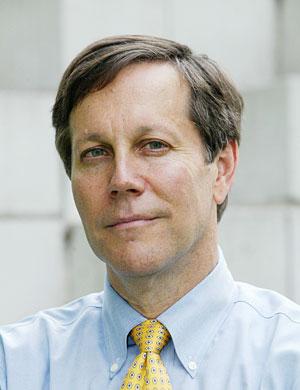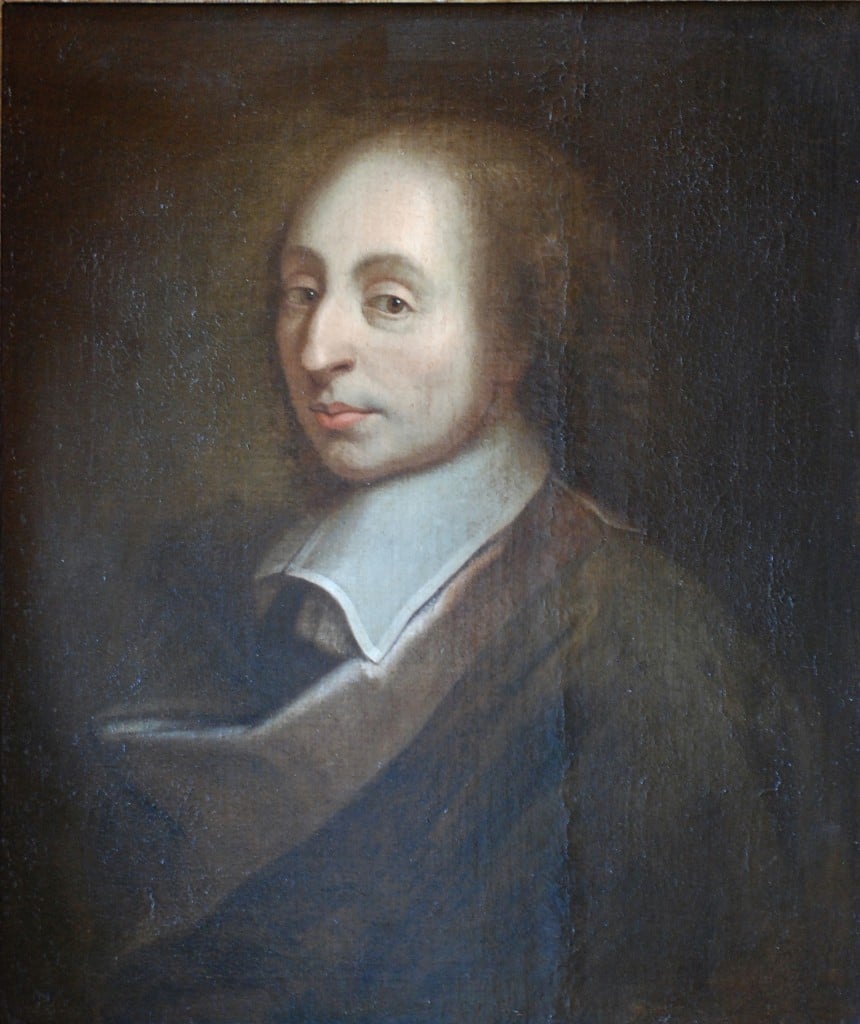
Photograph from Wikipedia Commons
A lot of ink has been spilt these last few days since Evangelii Gaudium was published. Much of what has been said about it isn’t worth the pixels that have been wasted so far. The same old tired arguments from the usual suspects seeking to undermine any moral authority that Pope Francis is seeking to wield by his even bothering to publish it.
As the father of three teenagers, I’ve got enough experience to know that the stuff I say to my children isn’t oftentimes the least bit popular with them. I say it anyway, because that’s what I’m called to do. Frankly, I can care less if it’s pleasing to my intended audience, or not.
Good thing Pope Francis is sticking to non-fiction, huh? Not that non-fiction is any less controversial, albeit it’s a more forgiving outlet than fiction is. Pope Francis will healthily be able to eat three squares a day, even if he never writes another word. That’s not the case for most writers.
It being a Saturday, I looked forward to reading something that had nothing to do with the Pope’s latest work. I can handle only so much outrage over nothing (well, it’s only outrage over the Sermon on the Mount, so it is something, just not something worth my time). Again, I’m a dad, so I’ve been there, and I’m doing that.
So as I settled in on the sofa with a big cup of coffee, I was happy to see that First Things has opened up Dana Gioia’s article The Catholic Writer Today: Encouraging Catholic writers to renovate and reoccupy their own tradition. A few weeks back, I’d heard mention of it being behind their pay wall, but being Joe Six-Pack, breadwinner, I had to just make do on a piece written by Matt Emerson in America Magazine.
But now the article is flying free and clear for all to see, and frankly, all of us need to see it. Below, I give you part 1 of the 9 part essay. Put down your sword, pitchfork, or torch, and read about what it means to be a Catholic writer in today’s world, why the vocation is vitally important, and the enormity of the task of engaging the culture that lies before them.
For years I’ve pondered a cultural and social paradox that diminishes the vitality and diversity of the American arts. This cultural conundrum also reveals the intellectual retreat and creative inertia of American religious life. Stated simply, the paradox is that, although Roman Catholicism constitutes the largest religious and cultural group in the United States, Catholicism currently enjoys almost no positive presence in the American fine arts—not in literature, music, sculpture, or painting. This situation not only represents a demographic paradox. It also marks a major historical change—an impoverishment, indeed even a disfigurement—for Catholicism, which has for two millennia played a hugely formative and inspirational role in the arts.
Roman Catholicism now ranks overwhelmingly as the largest religious denomination in the United States, with more than sixty-eight million members. (By contrast, the second largest group, Southern Baptists, has sixteen million members.) Representing almost one-quarter of the American population, Catholics also constitute the largest cultural minority in the nation. Supporting its historical claim of being the “universal” church, American Catholicism displays vast ethnic, national, linguistic, and social diversity. (In my first parish in Washington, D.C., it was not unusual at Mass to see congressional staffers, Central American immigrants, and urban homeless share the same pew.) While most Protestant churches continue to decline, Catholicism has grown steadily for the past two hundred years through a combination of immigration, births, and conversions. On purely demographic grounds, one would expect to see a huge and growing Catholic presence in the American fine arts.
If one asked an arts journalist to identify a major living painter or sculptor, playwright or choreographer, composer or poet, who was a practicing Catholic, the critic, I suspect, would be unable to offer a single name. He or she could surely identify a few ex-Catholics, such as Andres Serrano, Terrence McNally, or Mark Adamo, who use religious subject matter for satire, censure, or shock value. Catholic exposé is now a mainstream literary genre, from the farcical (Sister Mary Ignatius Explains It All for You) to the tendentious(The Gospel of Mary Magdalene). If the question were expanded to include novelists—the most sociological of major art forms—a well-informed literary critic might offer a few names such as Ron Hansen or Alice McDermott, authors whose subject matter is often overtly Catholic. Those few figures would account for most of the Catholic artists visible in our culture. The journalist’s immediate reaction, however, would be to consider the question itself naive or silly. Why would a serious critic even bother to know such cultish trivia? Nowadays the arts and Christianity seem only remotely connected, if at all. Contemporary culture is secular culture, is it not?
No one wants quotas for Catholic artists, but does it not seem newsworthy that the religion of one-quarter of the U.S. population has retreated to the point of invisibility in the fine arts? (Catholicism’s position in popular entertainment is the subject for another essay.) There is a special irony that this disappearance has occurred during a period when celebrating cultural diversity has become an explicit goal across the American arts. Some kinds of diversity are evidently more equal than others. Has the decline generated cultural controversy? Not especially. Neither the arts world nor the Catholic establishment cares much about the issue. There seems to be a tacit agreement on both sides that, in practice, if not in theory, Catholicism and art no longer mix—a consensus that would have surprised not only Dante but also Jack Kerouac. The consequences of this situation are unfortunate—in different ways—for both the culture and the Church.
To begin a responsible examination of this complex topic, it helps to be factual and specific. Although the decline of Catholicism has occurred across the culture, this essay will only discuss literature, which provides a useful perspective on all the arts. Likewise, examining the situation of Catholic writers helps illuminate the current situation of all Christian writers.
From silly devotions, and sour-faced saints,
good Lord, deliver us.
—St. Teresa of Avila











